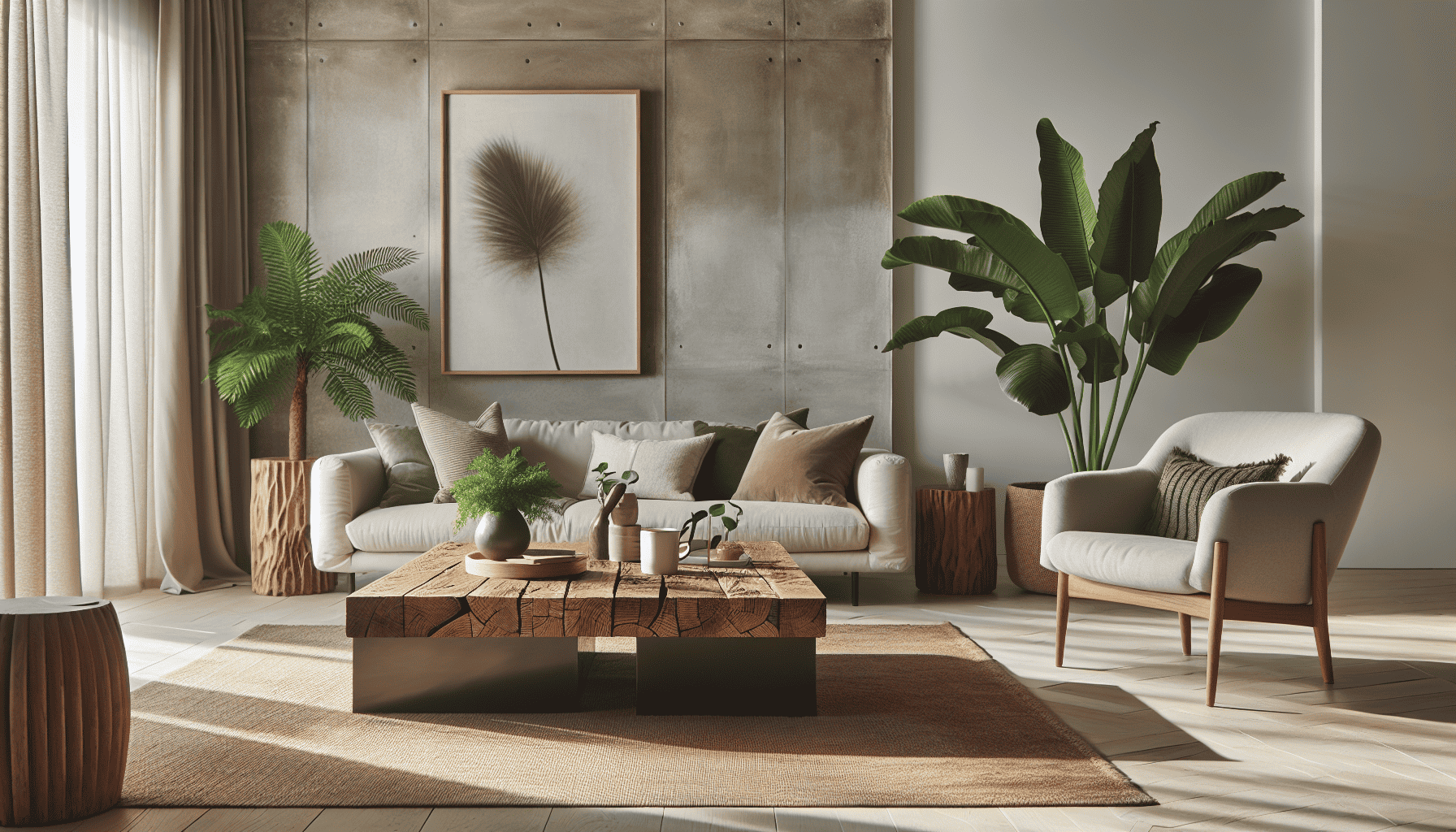In recent years, the interior design industry has experienced a significant shift towards sustainability. This trend is not just a fleeting fashion but a purposeful movement aimed at reducing environmental impact while maintaining aesthetic appeal. By choosing sustainable materials, homeowners can enjoy the perfect blend of beauty and functionality in their living spaces.
Understanding Sustainable Materials
Sustainable materials are those that have a minimal negative impact on the environment throughout their lifecycle—from extraction and production to usage and disposal. These materials often originate from renewable resources, are recycled, or are created through processes that consume less energy. Some common examples include bamboo, reclaimed wood, recycled metal, and natural stone.
The Benefits of Sustainable Interior Design
-
Environmental Impact: By reducing reliance on non-renewable resources and minimizing waste, sustainable materials help lower carbon footprints. This contributes to the preservation of natural habitats and resources, ensuring a healthier planet.
-
Healthier Living Spaces: Many sustainable materials are non-toxic and free from harmful chemicals often found in traditional products. This leads to improved indoor air quality and a healthier environment for occupants.
-
Long-term Savings: While the initial cost of sustainable materials might be higher, they are often more durable and require less maintenance. Over time, this translates to savings on repairs and replacements.
-
Unique Aesthetic Appeal: Sustainable materials often have natural textures and colors that bring warmth and authenticity to a home. Each piece can have its own story, creating a unique and personalized space.
Incorporating Sustainable Choices Into Your Home
-
Opt for Reclaimed Wood: Instead of cutting down new trees, consider using reclaimed wood for flooring, furniture, or accent walls. Its weathered texture adds character to any room.
-
Choose Bamboo for Versatility: Bamboo is a rapidly renewable resource that can be used for flooring, cabinetry, and even textiles. Its strength and flexibility make it an excellent choice for modern interiors.
-
Select Natural Fabrics: Incorporate textiles made from organic cotton, hemp, or linen. These materials are grown without harmful pesticides and are biodegradable, making them eco-friendly options for upholstery and drapery.
-
Use Low-VOC Paints: Volatile organic compounds (VOCs) found in standard paints can release toxins into the air. Switch to low-VOC or VOC-free paints to ensure a safer home environment.
-
Upcycle and Recycle: Before purchasing new items, consider repurposing existing furniture or accessories. This not only reduces waste but also allows for creativity in your design approach.
Conclusion
Integrating sustainable materials into modern interior design is more than a trend; it's a commitment to environmental stewardship and personal well-being. By making conscious choices, homeowners can create stylish, eco-friendly spaces that reflect their values. Embracing sustainability in interior design not only enhances the beauty of your home but also contributes to a healthier planet for future generations.
